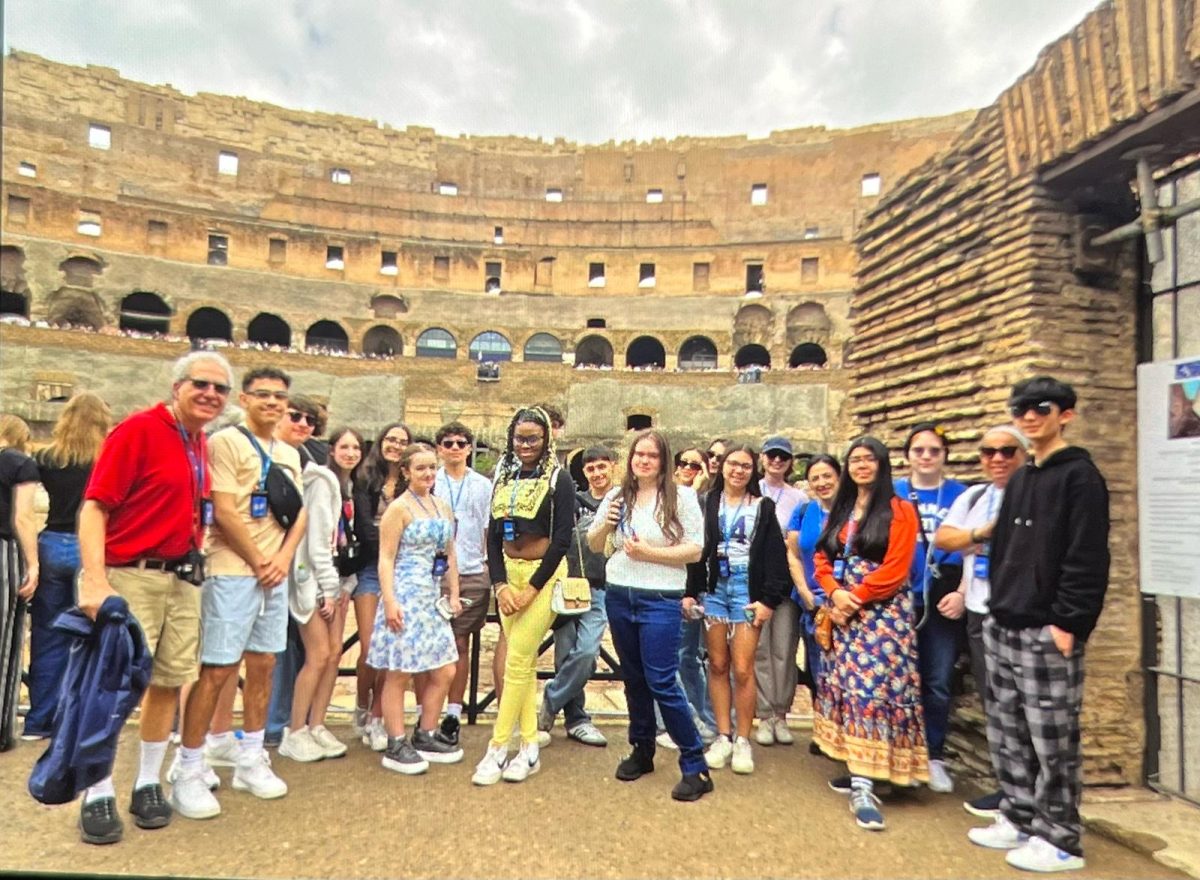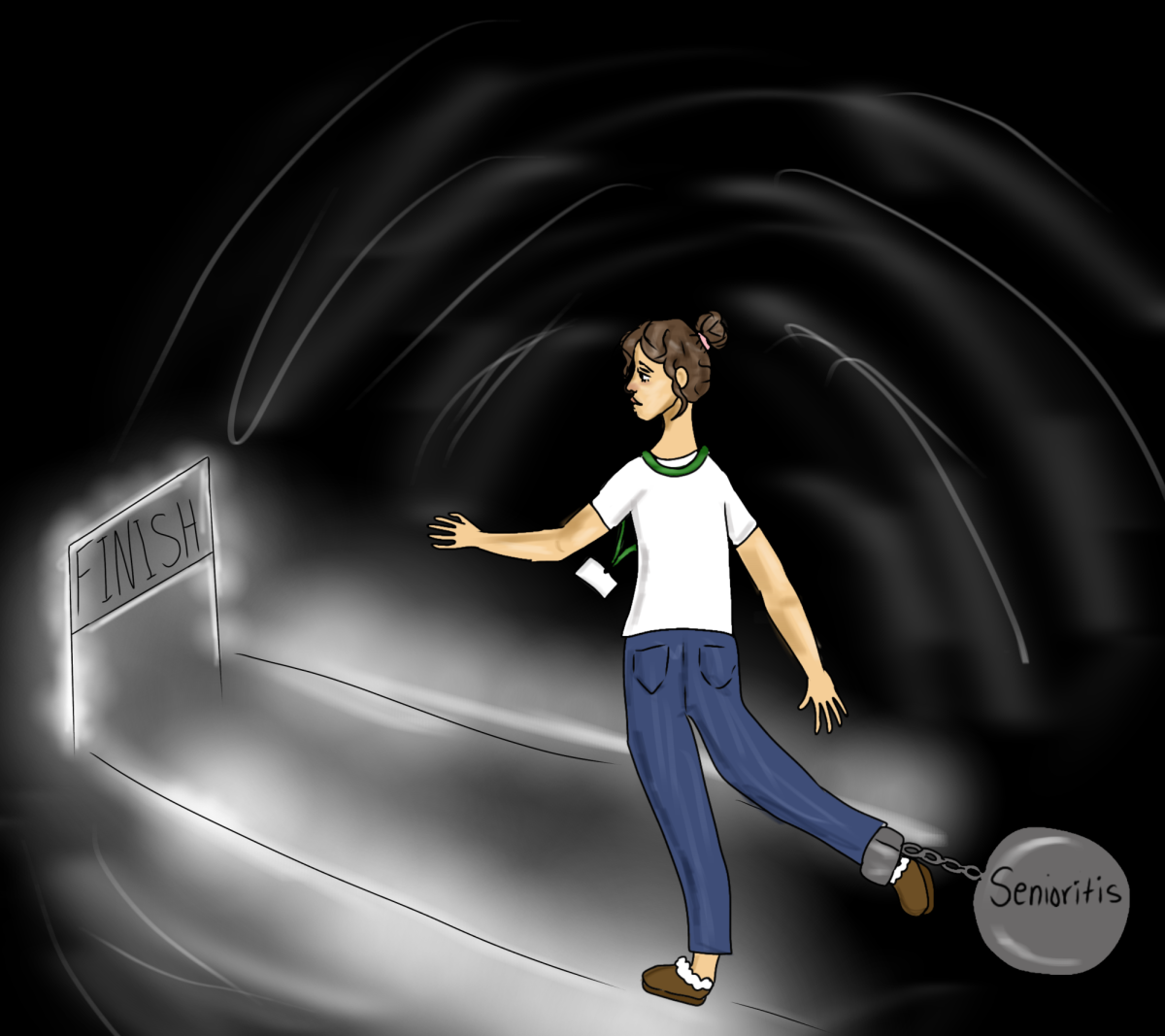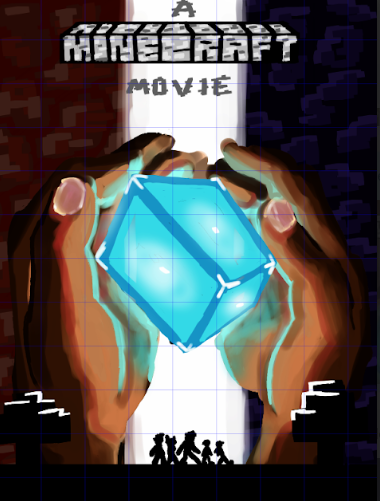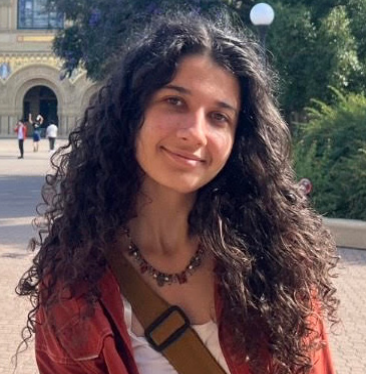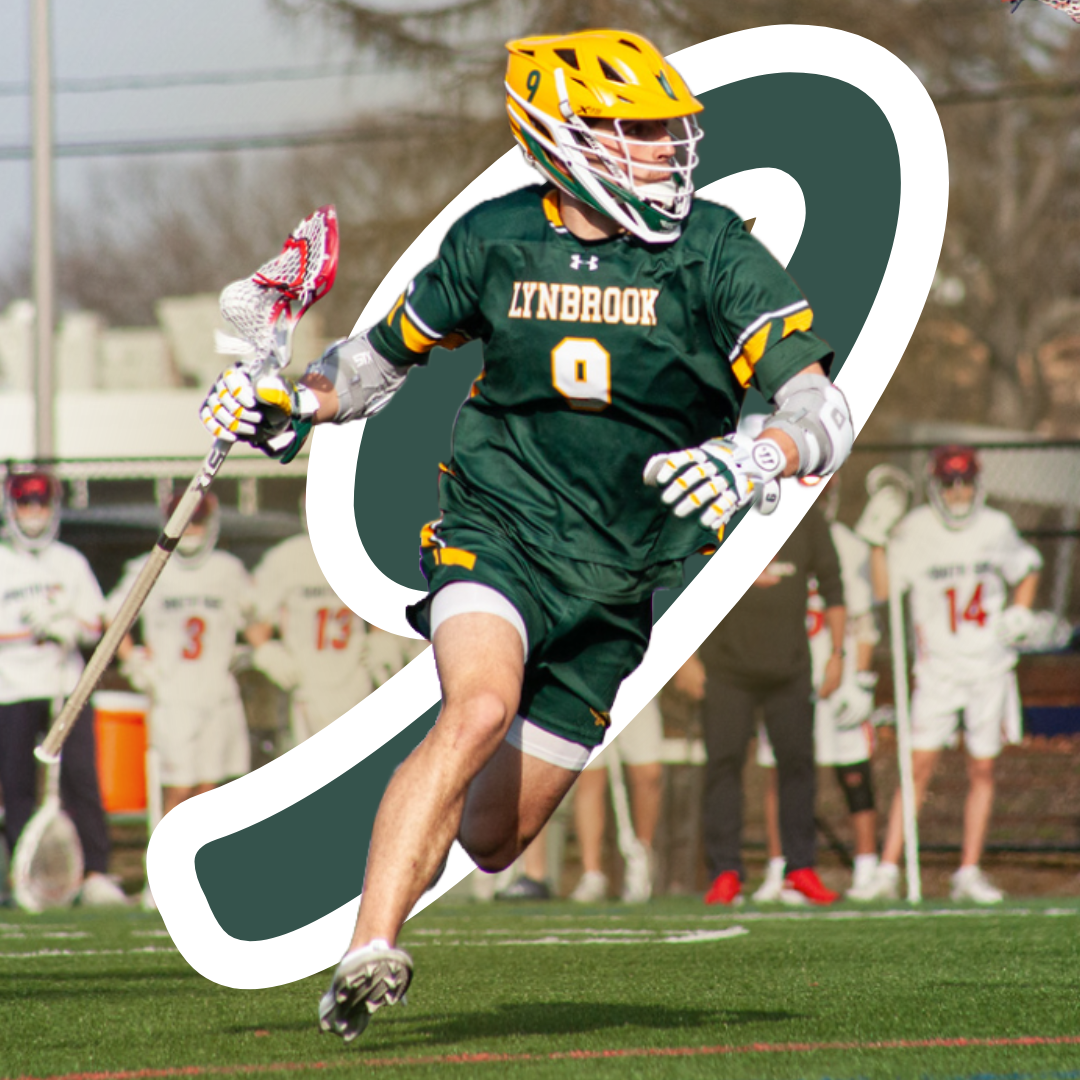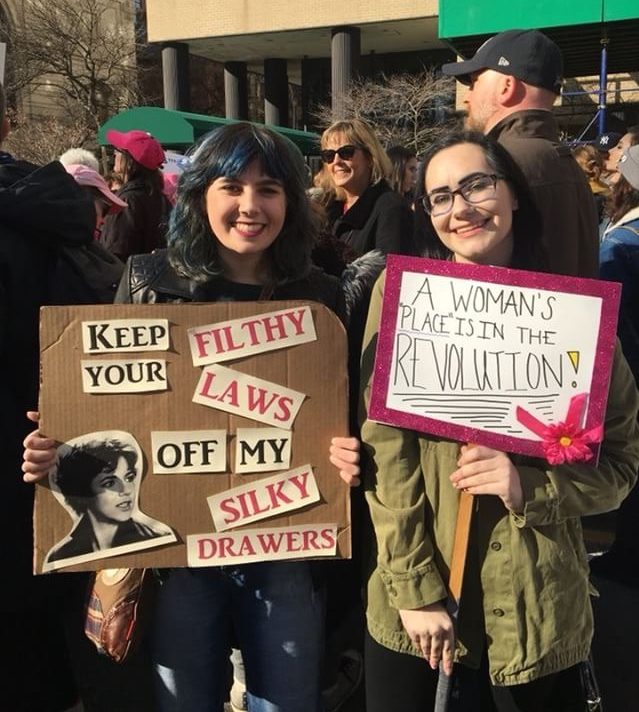March On
A simple call and response chant echoed through the streets of New York. One person would begin, shouting, “Show me what democracy looks like.” Then, hundreds of voices would respond in unison, “This is what democracy looks like.” This was the 2018 Women’s March.
Donald Trump was inaugurated president on January 20, 2017. The following day, on Jan. 21, marches were held in New York, L.A., Washington D.C., and all over the world as the Women’s March organized its first event. These marchers were fueled by outrage due to President Trump’s comments about women, Hispanics, immigrants, and African Americans, as well as the jokes he made about people with disabilities and the multiple allegations of sexual assault and harassment against him. This year, marchers, an estimated 200,000 in New York City, 500,000 in L.A., and more than 10,000 in D.C., returned with new, or rather old, yet newly unearthed, issues to protest.
A pivotal topic at this year’s Women’s March was the “TIME’S UP” movement, which calls for the removal of sexual predators in the workplace and advocates for the end of silence protecting these aggressors, which allows them to continue holding positions of power while having hurt and still actively hurting others. “TIME’S UP” is backed by a legion of actresses, artists, and politicians, and according to their official website, the movement “provides subsidized legal support to those who have experienced sexual harassment, assault, or abuse in the workplace.” The message relayed by such movements is that the time for conversation is over, and that immediate action is not only desired, but necessary. Thus, the theme of this year’s marches was “Power to the Polls,” an initiative that encouraged citizens to rally and vote to translate their activism into politics and positions of power. Volunteers lined the streets holding clipboards, imploring everyone to register to vote, and helping them do so if they were not registered already.
People of all backgrounds, ethnicities, sexual orientations, and social standings could be seen at the march. These people, although having the similar driving force in their hearts, had different explanations as to why they chose to march, and what they marched for. Jackie Moreno, a senior, shares, “I march for all the women who are unable to come out and march for themselves, whether they be silenced victims of abuse, women in other countries, who could be arrested or even killed for standing up for their rights, or anyone else who feels that their voice remains unheard. She then continued, “I’m lucky enough to have the ability, means, and privilege of marching safely, so I use that ability to march for those who don’t.”
One girl, Erica, aged 14, was marching with her mother and little sisters. When asked, she shared, “I march for those who may not look like me, or come from the same place, who still deserve the same rights, yet don’t have them.” Another woman, Amiya, aged 22, sporting the iconic pink hat swiftly stated, “I march for the future.” Junior Jessica Muck shared, “I march for human rights.” She continued, expressing why she believes the march is important. “It’s an opportunity to come together and give people some faith in humanity, that not everyone is sitting back and watching this all happen.”
Although the march addressed serious topics, it was also a very fun and welcoming environment. Many people wore bright pink hats, and hundreds of people carried signs. The variety was astounding; they were funny, poignant, hand painted, printed, made on huge placards or just on pieces of construction paper. Perhaps amongst the most powerful were the simple cardboard signs, with #metoo clearly written in print, for the world to see. The hashtag referred to the movement that occurred over social media, where woman shared their experiences of sexual harassment and abuse in an effort to show victims that they were not alone in their pain. There were several of these signs, and they served as a reminder to why the march was so important. The solidarity of women gave survivors the strength to stand tall, hold these posters, speak their truth, and seek justice.
Outside of Trump Tower, staff of the hotel stood on the steps, surveying the crowd. Although their main concern was ushering people in and out of the hotel, they were visibly interested in the march. Two doormen stood, smiling, as the crowd, somewhat jokingly, began chanting, “S***hole! S***hole!,” a reference to the comments President Trump made about African countries and those who immigrate from them. Another popular chant was a simple, “Hey hey, Ho ho, racist Trump has got to go!”
However, although these actions were clearly targeted toward the President and his administration, most of the march was not. The camaraderie between women was at the center of the day. Complete strangers reminisced about past marches on the subway, helped one another with directions, took pictures with and complemented one another’s posters, and chanted in unity as they marched. It was as if the whole city was teeming with positivity, with women uplifting each other.
In the end, although it was a day meant to shed light on the struggles of women and to express outrage at the current administration, above all else it was a day honoring love. Love for women, love for immigrants, love for the LGBT community, and love for solidarity and the freedom to assemble and protest. Ahead of me, a man offered an NYPD officer standing behind a barricade a Women’s March pin, and he took it. When asked about whether there was any conflict regarding the march, the officer shook his head. “No, it’s been all peaceful, all love.” He looked out at the crowd, a sea of women, and men, and children, of bright pink hats and colorful posters. “All peace and love.”





